Throughout art history, it’s common to find generations of families with art as their vocation. Despite being less frequent today, there are artists alive today who find themselves part of a storied family tradition, including the talented Poppy Balser. What happens when artistic passion is not only inherited, but encouraged and supported in the younger generation?
Accomplished watercolorist Poppy Balser, her sister Verena Rose Burley, their father, Udo Buerkle, and his father, Hermann Buerkle, will all be represented in a unique exhibition this August at Sunbury Shores Arts and Nature Center in St. Andrews, Canada. Opening August 4 and on view through August 26, “Three Generations of Buerkles” follows the remarkable artistic tradition in one Canadian family that has produced some amazing results.
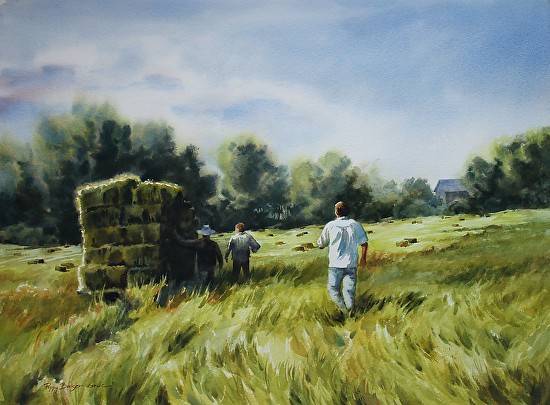
“Poppy Balser and her sister, Verena Rose Burley, were raised in a household that believed that it was better to make something themselves rather than purchase it,” says Balser’s website. “It could be supper from food raised in the garden, a hand knitted sweater, a sculpture or a painting.
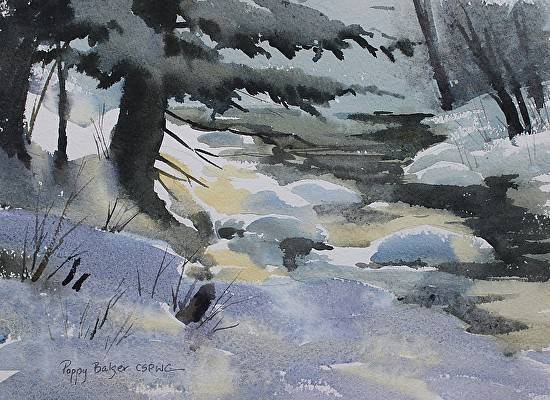
“The paintings on the walls were made by their grandfather, Hermann Buerkle, and father, Udo Buerkle. The table was set with serving dishes made and decorated by their mother, Beth Buerkle. Their father made the household furniture, which was upholstered by their mother. The message to use their own creativity became deeply imprinted on their characters.”
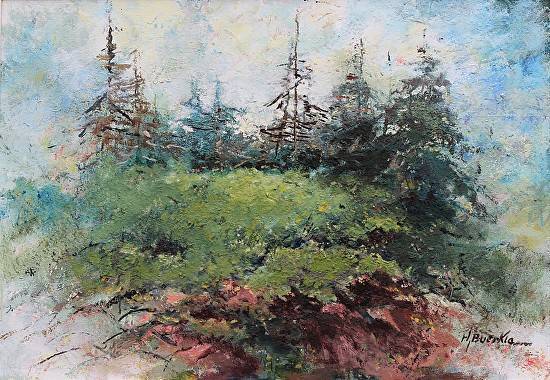
Poppy adds, “My mother was an enthusiastic supporter of my drawings and painting attempts. My dad was harder to impress, but he helped me by teaching me to be critical of my own work and, among other things, to literally color outside the lines. I remember an early art lesson from him, not that it was called such. It happened as I was coloring. Coloring books were all the rage in my class at school at the time. The social hierarchy at school dictated that there was only one correct way to color.
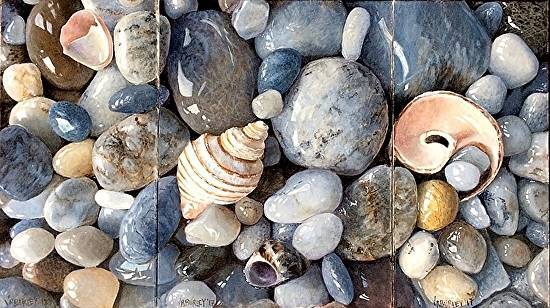
“Dad saw me and questioned how I was coloring. I am sure I said something along the lines of ‘Well, Dad, that is how everyone says you do it.’
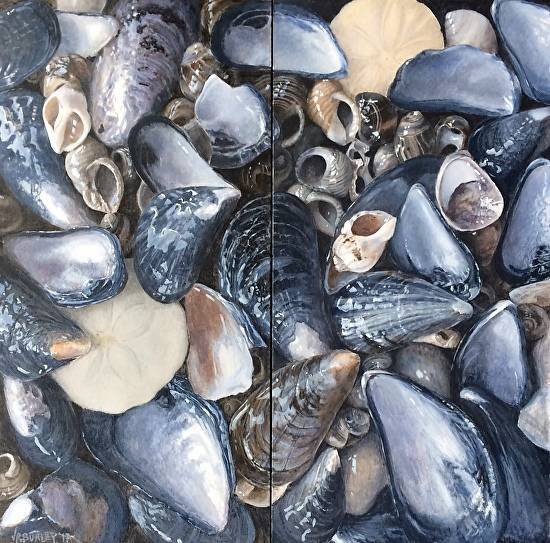
“He asked me if that is how things look in real life. And, well, no. They didn’t really look like that. He sat down at the table with me and put an orange on the table in front of us. He drew an orange circle and started to shade it in orange. But then! He switched out the orange crayon for a yellow one, to show the highlight on the top. And then got a green one, and a red one and a purple one, and mixed them all together with jagged energetic marks, one after another in the shaded side of the orange and to show the table under it. All those colors!

“I wish I still had that little sketch. I think it hung around on the fridge for years until it was faded and tattered and dusty. While it is gone now, the lesson that went with it is still with me.”
Verena Rose Burley says about their environment, “Since the very beginning of my life, I have been surrounded and enveloped by art and the natural world. I was privileged to grow up on a property with ready access to ocean, forest, field, and pond, and I spent the greater part of my childhood exploring these environments. The house itself has always been full of art. Looking at my father’s and grandfather’s paintings and sculptures still brings back some of my earliest memories because the artwork was an ever present part of my childhood and my life in that house.”
Painting outside was not part of their experience growing up; painting was an indoor thing. Their grandfather Hermann Buerkle had a studio in his home in Ontario, and the smell of linseed oil and turpentine still can transport Balser to their annual visits there. Her father’s easel shared space in her mother’s pottery studio when she was small. Balser was given her own corner (under her Dad’s easel, as it turns out) to make her own paint projects.

Now Balser paints en plein air as often as she can, in all seasons. “Painting en plein air enables me to observe my chosen scene over time,” she says. “I get to see the small beautiful moments on location that do not appear in a quick snapshot. From what I see and experience I create paintings that resonate strongly with the viewer.”
Balser finds her inspiration in the local landscape and coastline of the Bay of Fundy. The changeable weather and play of sunlight or mist across the moving tides and seacoast give her endless possibilities to paint. Evidently, this is something that runs in the family. Her mother, Beth Buerkle, is moved by the same landscape, including seashore themes on her pottery.
To learn more, visit Poppy Balser or Sunbury Shores Arts and Nature Center.
This article was featured in PleinAir Today, a weekly e-newsletter from PleinAir magazine. To start receiving PleinAir Today for free, click here.

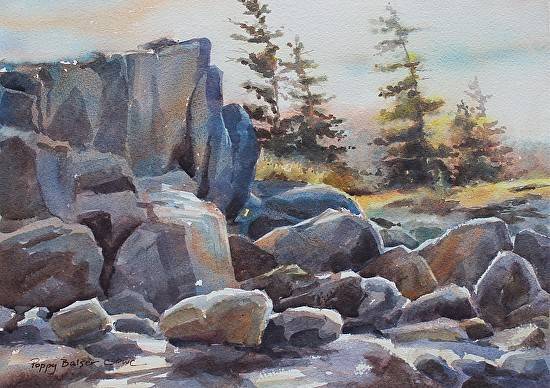



Very good article, well prepared.
Remember it may be SNAFU, but as an artist you do your thing. Too often, today’s boo-boo becomes tomorrows ‘beautiful, amazing, etc.’
I/m David of Dogpatch